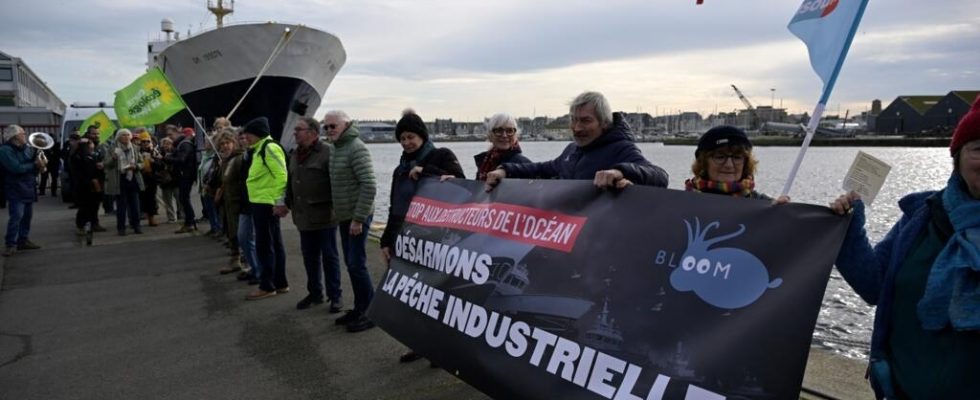The European Union has set itself the objective of protecting 30% of its waters by 2030. But according to a study carried out by Bloom, a sea protection NGO, industrial fishing continues in these areas which are supposed to be protected. Particularly trawling, one of the most environmentally destructive techniques. France, Italy and Spain are particularly singled out.
3 mins
In December 2022, states around the world agreed on a “Global Biodiversity Framework”, which aims to protect at least 30% of the planet’s oceans by 2030, through marine protected areas.
The European Union is therefore committed to this, and these marine areas “ would exclude all industrial fishing and a third would benefit from “strict protection” status, that is to say without any fishing “. “ In Francethe president of the Republic Emmanuel Macron prides itself on having already exceeded this objective », Underlines the study by the NGO Bloom.
Destructive trawling
However, according to this report, more than a quarter of trawl fishing in Europe (26.7%) took place inside a marine protected area in 2023, and these are more than 60% of the spaces supposed to be sanctuaries which are affected by the phenomenon. In short, the presence or absence of a marine protected area does not change anything for trawlers, denounces the NGO, which recalls the considerable impact of these vessels.
The huge nets dragged by fishing boats collect everything that is in the sea, including species that are of no interest to fishermen: dolphins, sharks and other marine animals, so-called “catches”. accessories », are paying the price.
“ Trawling is a highly destructive bottom method. However, experts from the IPCC and Ipbes intergovernmental panels on climate change and biodiversity have both stressed the importance of developing a coherent network of marine protected areas to protect the climate, biodiversity and fisheries. artisanal », which is still authorized in most marine protected areas.
And the bigger the boats, the greater the damage. The report cites several examples of mega-trawlers operating in protected areas, including the Scombrusa French ship 80 meters long, or Joseph Roty IIa real floating factory 90 meters long, which has spent more than 900 hours in protected areas.
Read alsoBottom trawling, a destructive fishing technique to be banned
France, Spain and Italy, bad students
These gigantic ships can measure up to 145 meters long, capture 400 tons of fish per day, or as much as 1 000 artisanal fishing vessels in one day », Bloom is alarmed. Already in 2000, the FAO estimated that more than 70% of global fish stocks are at their exploitation limit or overexploited.
The study therefore highlights the gap between political declarations and the reality on the ground, which seems incompatible with the definition of a protected area by the International Union on the Conservation of Nature (IUCN): “ A clearly defined, recognized, specialized geographical area managed by legal or other effective means, aimed at ensuring the long-term conservation of nature and its associated ecosystem services and cultural values. »
The study focuses in particular on three States: the FranceSpain and Italy, which “ concentrate alone 69% of trawl fishing effort in marine protected areas “, while industrial fishing should be excluded to allow ecosystems and fish stocks to be restored, underlines theNGO.
Read alsoProtection of the high seas: the United Nations treaty is open for signature
